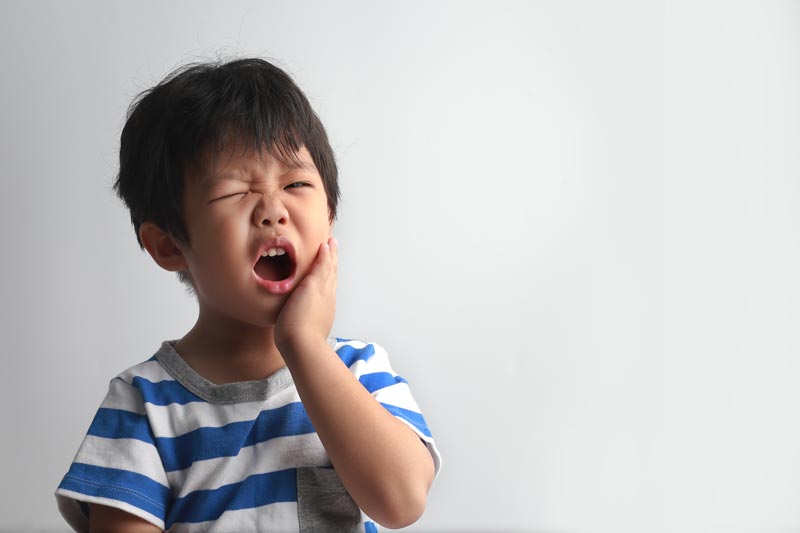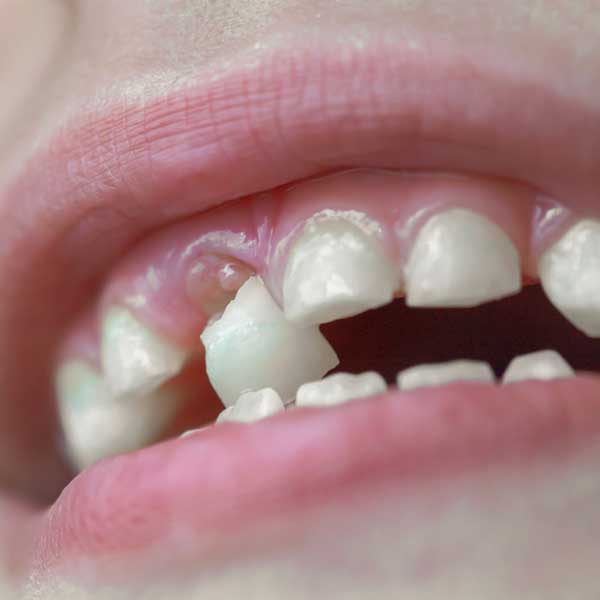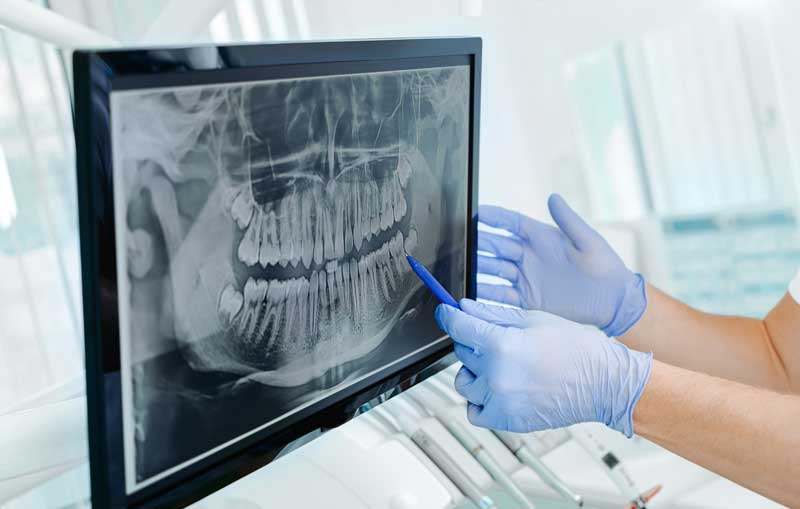


Lateral luxations are one of the most common dental injuries in the general population, accounting for up to 27% of all dental injuries. In children aged 6 and younger, luxation injuries are the most common type of traumatic dental injury, accounting for 18% of all types of injury. When trauma has caused a tooth to be dislodged from its normal position, it needs to be replaced gently and as soon as possible. The only exceptions are cases of intrusion that may not be possible or advisable to manipulate immediately. At Advanced Endodontics of New York, we’ll first perform tests to determine the extent of the damage. The goal of immediate treatment of a luxated tooth in New York, NY is to limit further damage to the periodontal ligament, which will enable the best possible healing. Follow-up visits are necessary for one year after an injury, due to complications (including internal or external root resorptions) that are relatively frequent and require additional endodontic treatment.




Luxation injuries are classified into five subcategories, with concussion and subluxation being the mildest. While no immediate treatment is needed for those injuries, follow-up is critical because the pulp tissue can die, which then requires prompt endodontic intervention. Studies show that fractured crowns (with or without pulp exposure) and a coinciding luxation Injury incur pulp damage and infection more often.
An injury to the tooth-supporting structures without abnormal loosening or displacement of the tooth. The tooth may be tender to percussion and feel sore.

Our team will reposition your tooth and stabilize it if necessary. Splinting of a luxated tooth is only recommended for teeth that are still mobile after repositioning. For subluxation, extrusive and lateral luxations, the splint stays on for two weeks, while four weeks are required for intrusive luxation. Root canal treatment is usually needed for dislodged permanent teeth. The intracanal medicament calcium hydroxide is placed one to two weeks after injury, for up to one month. Calcium hydroxide has been shown to stop and repair external inflammatory root resorption, eliminate harmful bacteria from the root canal system, and protect the apex in non-vital immature teeth. A permanent root canal filling is placed at a later date.
In children aged 7–12, root canal treatment may not be necessary because the pulp in immature teeth has considerable healing capacity. Research shows that stem cells present in the pulp of immature teeth can be stimulated to complete root growth and heal pulp following injuries or infection. Therefore, we’ll carefully monitor our younger patients’ healing progress during follow-up visits, and intervene immediately only if unfavorable changes appear.
I understand the information disclosed in this form may be subject to re-disclosure and may no longer be protected by HIPAA privacy regulations and the HITECH Act.
